‘Doing Time’, an Illustrated Account of Three Years Locked Away
In this manga, Kazuichi Hanawa depicts his incarceration in a prison in Hokkaido, after he was sentenced for possession of a firearm.

© Le Lézard Noir
A hectic compilation of details, from the most obvious to the more insignificant. A precise recollection of every part of each place, every minute of the day. This is what Kazuichi Hanawa strives to present in his manga Doing Time, primarily made up of images drawn in black pen and complemented by others in multicolour.
Kazuichi Hanawa is a Japanese illustrator who was born in 1947. He began his career working for the avant-garde publication Garo, before he was arrested in December 1994 for possession of a firearm. This arrest resulted in him being sentenced to three years in a prison on the island of Hokkaido.
Reflecting on conditions for inmates
In Doing Time, the author reflects on prison conditions for inmates, in a text built solely on his memories and a few notes taken during the course of his incarceration, from 1995 to 1997. The reader discovers the inside of the cells, how they are organised, and the collective living that takes place there. But there is also the allocation of chores in the kitchen and the planning of every action in the workshops. In addition to creating these images, Kazuichi Hanawa explains all the signage and the role played by furniture and objects. The reader also discovers the precise roles played by the prison staff, the different styles of prison uniform for summer and winter, relaxation and work, and a sort of guide to folding.
Doing Time achieved great success both in Japan and internationally, being shorlisted as part of the official selection for the 34th edition of the Angoulême International Comics Festival in 2007. It was also adapted for the cinema in 2002 by Yoichi Sai. This success led the author to release the illustrated book Before Prison, in which he recounts how and why he was imprisoned in 1995.
Doing Time (1998), a manga by Kazuichi Hanawa, is published by Ponent Mon.
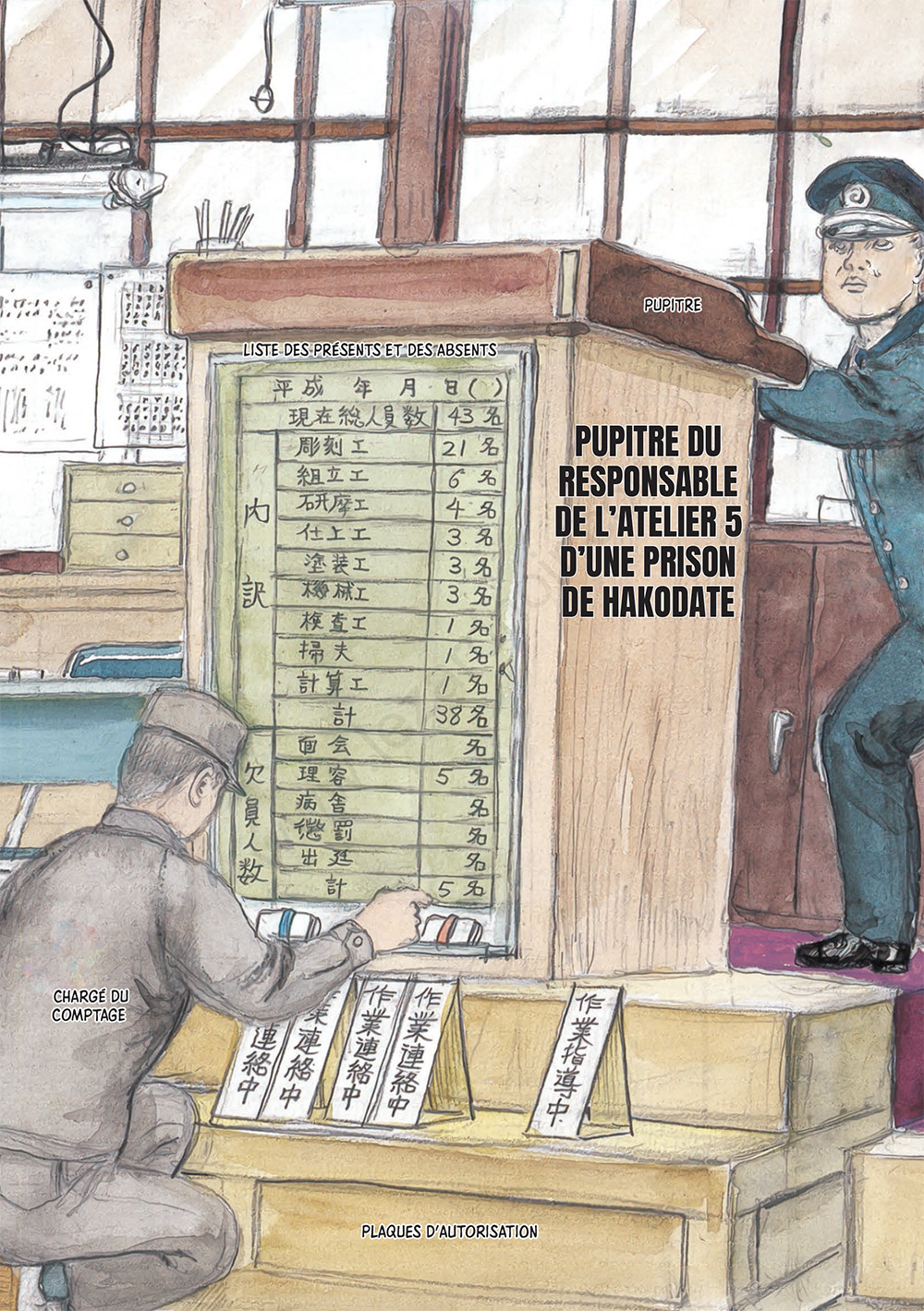
© Le Lézard Noir
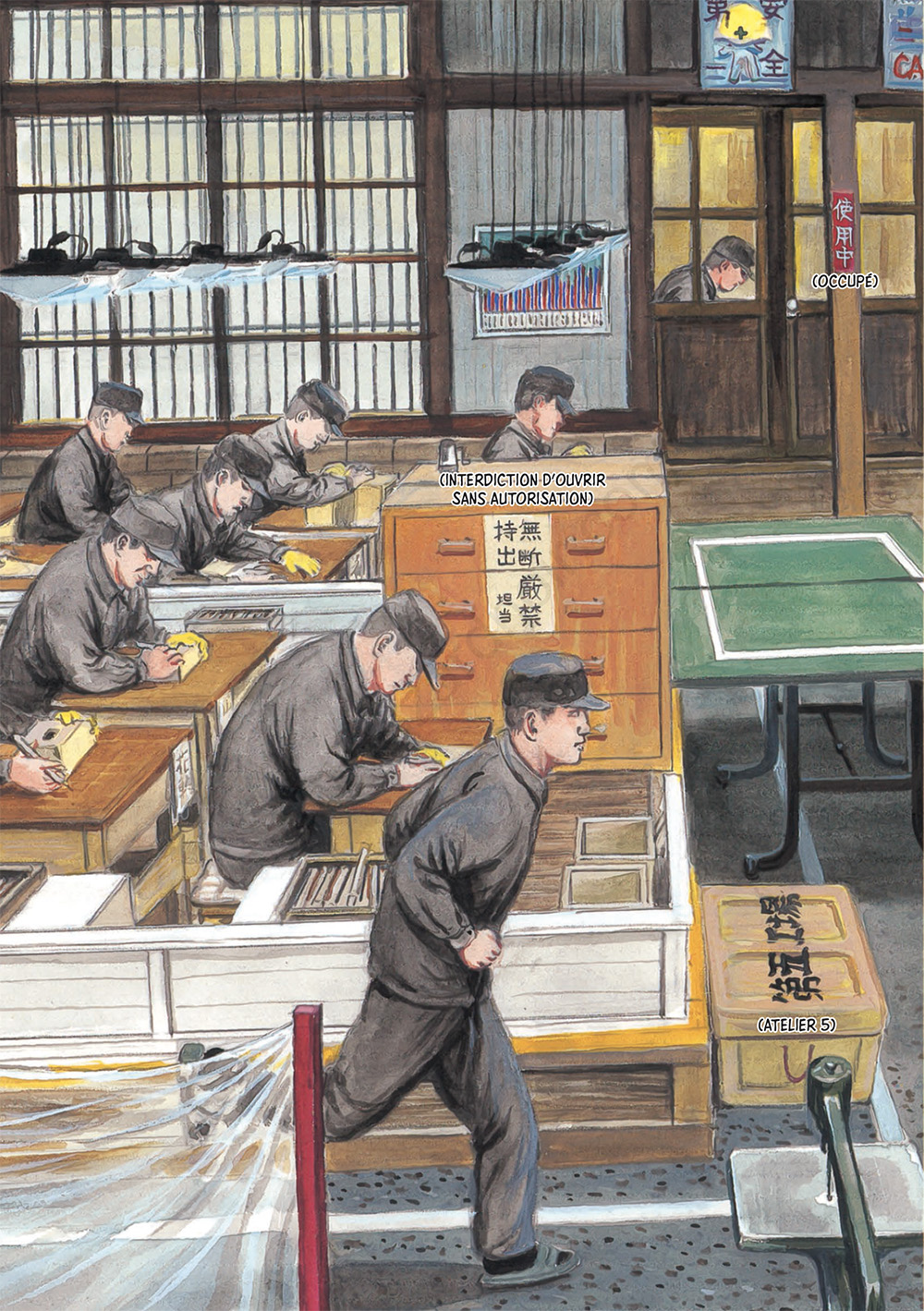
© Le Lézard Noir
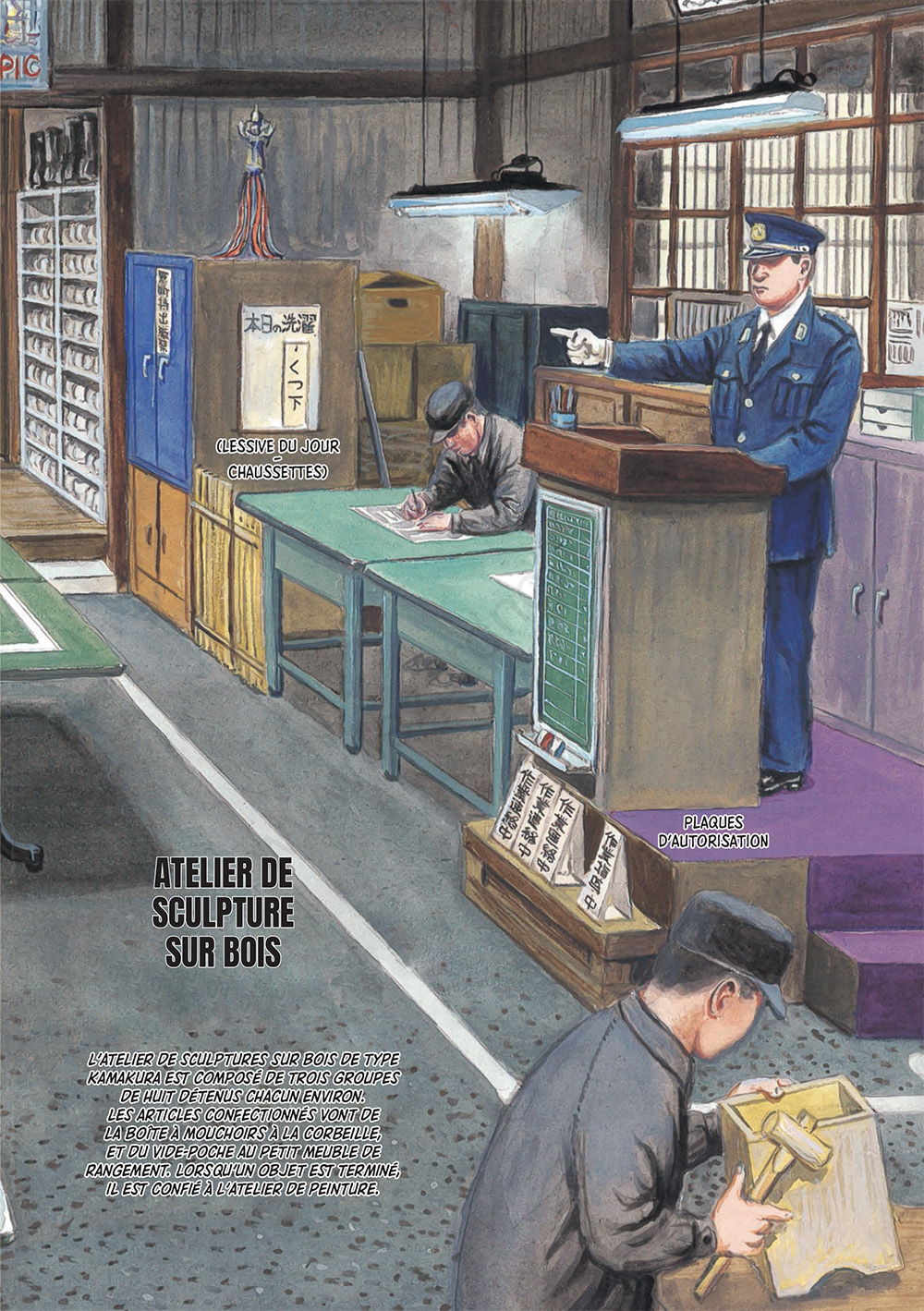
© Le Lézard Noir
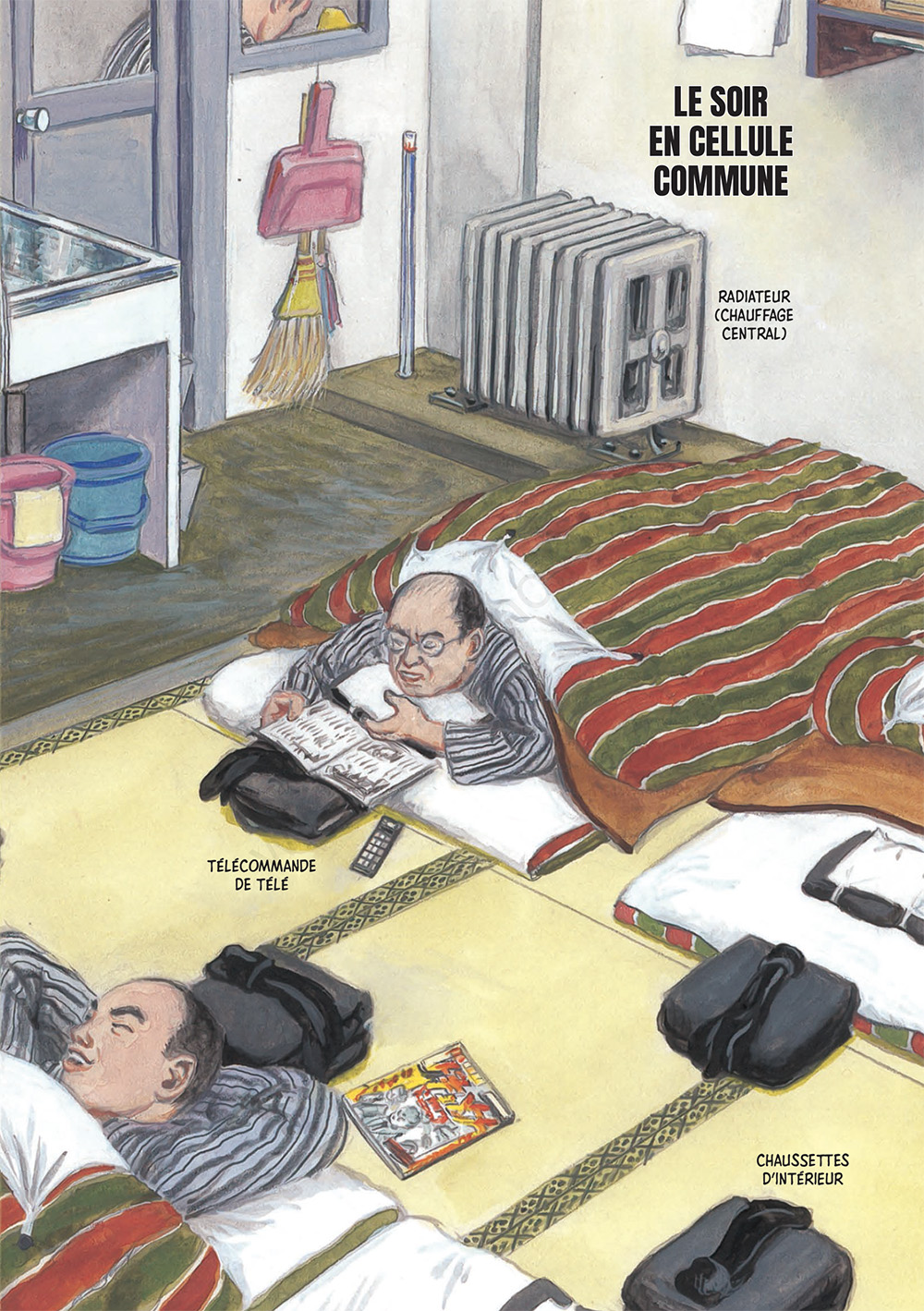
© Le Lézard Noir
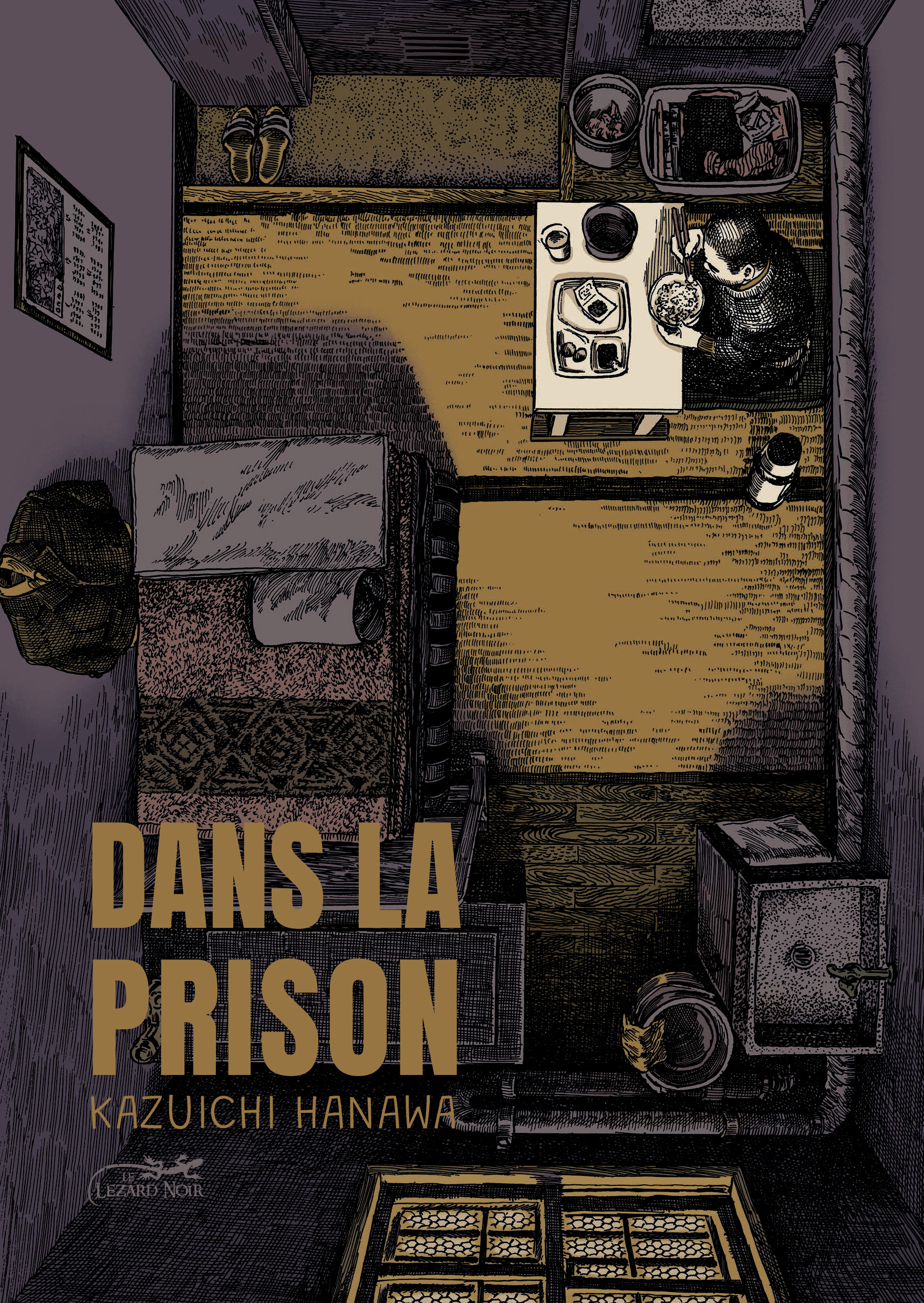
© Le Lézard Noir
TRENDING
-
The Tattoos that Marked the Criminals of the Edo Period
Traditional tattoos were strong signifiers; murderers had head tattoos, while theft might result in an arm tattoo.

-
Paris, Tokyo: Robert Compagnon
With his co-chef and talented wife, Jessica Yang, Robert Compagnon opened one of the top new restaurants in Paris: Le Rigmarole.
 3:31
3:31 -
Chiharu Shiota, Red Threads of the Soul
Last year, more than 660,000 people visited the retrospective 'Chiharu Shiota: The Soul Trembles' exhibit at the Mori Art Museum.

-
‘Before Doubting Others, Doubt Yourself. Who Can Truly Say a Dish Isn’t What It Used to Be?’
In ‘A Non-Conformist’s Guide to Surviving Society’, author Satoshi Ogawa shares his strategies for navigating everyday life.

-
The Story of Sada Yacco, the Geisha who Bewitched Europe
Described by Dazed magazine as the first beauty influencer, she has been restored to her former glory since 2019.





